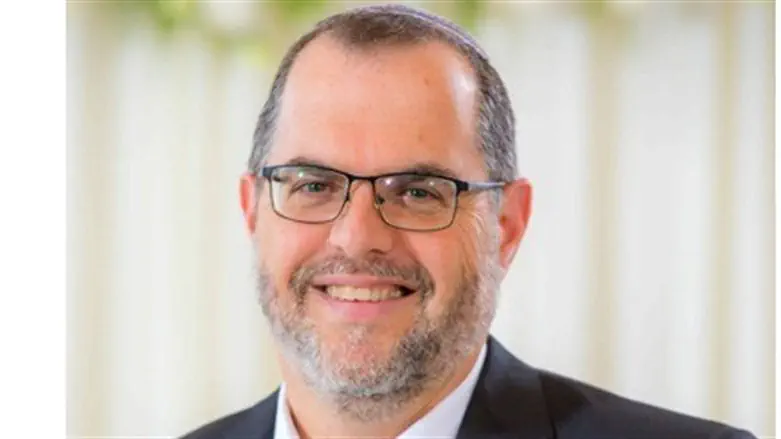
Although Tisha Be’Av is the saddest day of the Jewish year, it is nevertheless referred to as a “mo’ed” (a “festival”), as in the pasuk (Eichah 1:15): “He summoned a mo’ed (literally, a “set time”) against me.”
Tisha Be’Av’s categorization as a mo’ed is not simply a homiletic device; this classification has halakhic consequences as well. For instance, the Shulchan Aruch (Orach Chaim 559:4) rules that since Tisha Be’Av is defined as a mo’ed, Tachanun is not recited on Tisha Be’Av.
How can such a tragic day, on which five calamities occurred, culminating in the Destruction itself, be called a mo’ed?
A simple answer is that Tisha Be’Av is called a mo’ed based on the future – when the Beit Ha-Mikdash will be rebuilt and the fast days will become days of joys. As the prophet Zecharia said (Zecharia 8:19):
“The fast of the fourth [month], the fast of the fifth [month], the fast of the seventh [month], and the fast of the tenth [month] shall be for the house of Yehuda for joy and for happiness and for good mo’adim.”
Thus, Tisha Be’Av, “the fast of the fifth,” is referred to as a mo’ed in order to hearten and encourage us. Despite our current sadness and grief, we must recall that eventually the fast will be nullified and transformed into a yom tov.
However, there is a deeper explanation.
The kruvim (literally, cherubs) – which served as a gauge of Yisrael’s relationship with their Father in Heaven – were located in the Beit Ha-Mikdash, above the Aron HaKodesh. One kruv symbolized, kivyachol (as it were), Hakadosh Baruch Hu, and the other one represented Am Yisrael. When Yisrael would act in accordance with Hashem’s wishes, the kruvim would face each other and embrace. As the Gemara (BT Yoma 54a) describes:
“Rav Ketina said, ‘When Yisrael would ascend [to the Beit Ha-Mikdash] on the festival, [the kohanim] would roll up the parochet for them and show them the kruvim which were intertwined, and they would tell them: 'Behold your fondness before the Makom is like the fondness of a male and a female.'”
In contrast, when Yisrael did not fulfill Hashem’s will, the kruvim would face the wall (BT Bava Batra 99a).
We would naturally assume that during the Churban, the kruvim did not embrace. After all, Am Yisrael was being punished cataclysmically because they had not fulfilled Hashem’s will. However, astonishingly, we find that the Gemara (BT Yoma 54b) continues:
“Reish Lakish said, ‘When the foreigners entered the Heichal, they saw the kruvim were intertwined.’”
How is this possible?
Actually, the Gemara’s statement is based on a profound insight, which explains why Tisha Be’Av is called a mo’ed.
Hashem is teaching us – even at the moment when His anger seems to be at its peak and when the rift between Hashem and Am Yisrael appears to be insurmountable – His love for Am Yisrael is eternal.
The terrible Churban was actually a result of this great love and Hashem’s desire for rectification. Contrary to other religions’ claims, the destruction of the Beit Ha-Mikdash was not, G-d forbid, the end of our relationship with Him. In fact, the reverse is true. The Destruction was a painful but necessary operation, which Hashem performed on Am Yisrael in order to fortify the relationship and to launch an even better, more secure and indestructible connection.
The destruction of the Beit Ha-Mikdash was not the “end of the story,” it was just the beginning.
The commencement of a long road that leads from the Churban through the long exile and ends with the founding of the State of Israel, the establishment of malchut Beit David (the kingdom of the House of David), and the building of the Third Beit Ha-Mikdash, speedily in our days. Amen.
Rabbi Shlomo Sobol is former Rosh Kollel of Torah Mizion in Detroit (2001-2005)l, בurrently Rav of Kehillat Shaarei Yonah Menachem Modiin and head of Barkai center for practical rabbinicscomments: sobols1@gmail.com